Inside the Slimy, Smelly, Secretive World of Glass-Eel Fishing
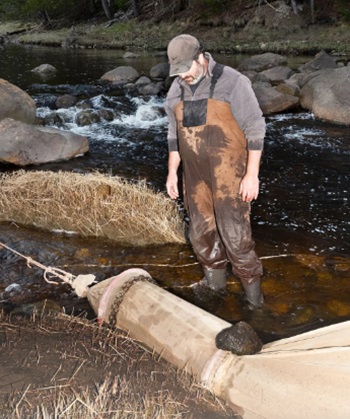 The Sargasso Sea, a warm, calm expanse of the North Atlantic Ocean, is bordered not by land but by four strong currents—a gyre. Vast mats of prickly brown seaweed float so thickly on the windless surface that Christopher Columbus worried about his ships getting stuck. The biodiverse sanctuary within and beneath the sargassum produces Anguilla rostrata, the American eel. Each female lays some eight million eggs. The eggs hatch as ribbonlike larvae that drift to the Gulf Stream, which carries them to the continental shelf. By the time they reach Maine, the larvae have transformed into swimmers about the length of an index finger, with the circumference of a bean sprout and the translucence of a jellyfish. Hence their nickname, glass eels, also known as elvers. The glass eel is barely visible, but for a dark stripe—its developing backbone—and a couple of chia seeds for eyes. “Ghosts on the water,” a Maine fisherman once called them. Travelling almost as one, like a swarm or a murmuration, glass eels enter tidal rivers and push upstream, pursuing the scent of freshwater until, ideally, they reach a pond and commence a long, tranquil life of bottom-feeding. more, >>CLICK TO READ<< 10:50
The Sargasso Sea, a warm, calm expanse of the North Atlantic Ocean, is bordered not by land but by four strong currents—a gyre. Vast mats of prickly brown seaweed float so thickly on the windless surface that Christopher Columbus worried about his ships getting stuck. The biodiverse sanctuary within and beneath the sargassum produces Anguilla rostrata, the American eel. Each female lays some eight million eggs. The eggs hatch as ribbonlike larvae that drift to the Gulf Stream, which carries them to the continental shelf. By the time they reach Maine, the larvae have transformed into swimmers about the length of an index finger, with the circumference of a bean sprout and the translucence of a jellyfish. Hence their nickname, glass eels, also known as elvers. The glass eel is barely visible, but for a dark stripe—its developing backbone—and a couple of chia seeds for eyes. “Ghosts on the water,” a Maine fisherman once called them. Travelling almost as one, like a swarm or a murmuration, glass eels enter tidal rivers and push upstream, pursuing the scent of freshwater until, ideally, they reach a pond and commence a long, tranquil life of bottom-feeding. more, >>CLICK TO READ<< 10:50



































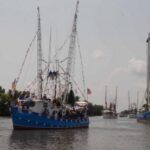
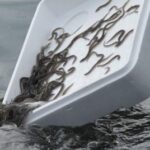


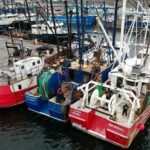


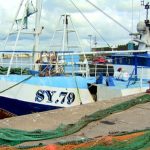




Leave a Reply